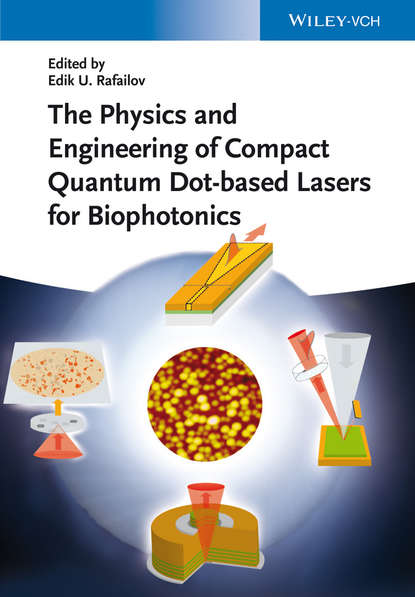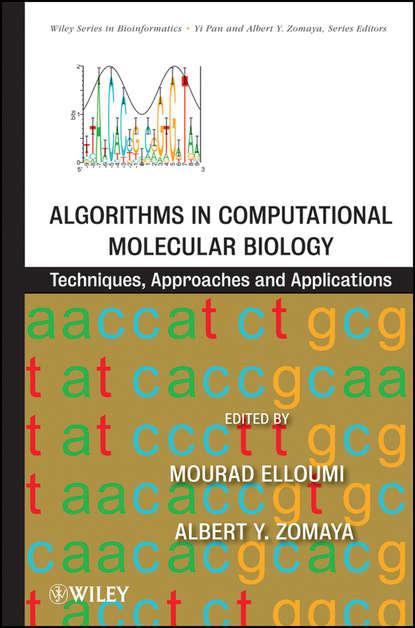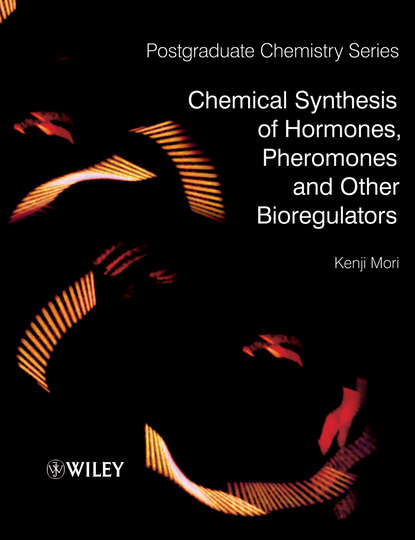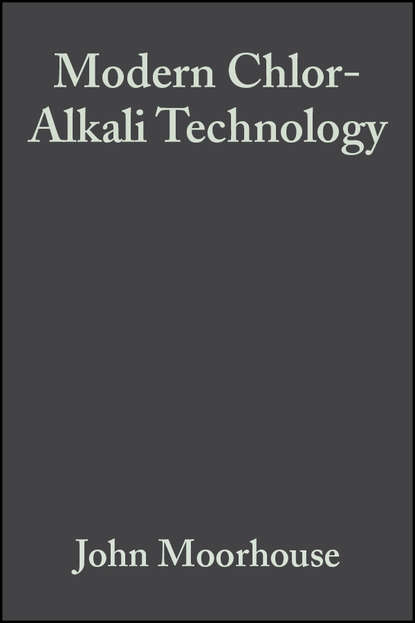Книга "Справочник молекулярных дескрипторов" представляет собой самое полное собрание молекулярных дескрипторов и детальный обзор этой области исследований от ее истоков до настоящего времени. Эта практически ориентированная справочная книга дает подробный обзор различных представлений молекулярных дескрипторов и соответствующих им молекулярных дескрипторов. Все дескрипторы приведены с их определениями, обозначениями, формулами, числовыми примерами, данными и молекулярными графиками, в то время как многочисленные рисунки и таблицы помогают пониманию определений. Межтематические ссылки, список аббревиатур и обозначений обеспечивают легкий доступ к информации, необходимой для решения конкретной исследовательской задачи. Примеры расчета дескрипторов вместе с таблицами значений дескрипторов для набора выбранных эталонных соединений и актуальный список литературы добавляют практическую ценность книге, делая ее незаменимым руководством для всех, кто имеет дело с биоактивными молекулами, а также для исследователей.
In quantitative structure-activity relationship ( QSAR ) and quantum structure-properties relationships ( QSPR ) studies, molecular descriptors play a pivotal role. They measure the appropriate molecular details and quantitatively summarise the structure of chemical compounds, thus facilitating the understanding of structural diversity or similarity, predictive modelling of biological properties, and the exploration of structure–activity/properties relationships. As technological developments continue at an accelerated pace and the number of potential drug candidates grows accordingly, interest in such molecular descriptor approaches, now referred to as chemoinformatics, continues to increase.
This comprehensive reference volume, edited by Professor Hugo Kubinyi, deals comprehensively with molecular descriptors, identifying their limitations and important roles, relative priorities, and potential benefits. Supported by numerous tables and figures, the work provides a summary of the various molecular descriptor representations and corresponding methods, including a detailed overview of their calculation and convolution to various uses. Highlighting significant features of each descriptor, this work demonstrates their utility in tackling varied computational problems and real world research scenarios.
Complemented by extensive cross-references, lists of acronyms, and shortened notations, the volume ensures efficient access to relevant information, especially for the first-time researchers in this domain. Keeping in mind the intended audience’s needs, step-wise approaches and theoretical examples for descriptor calculations are provided, offering necessary support to engineers, chemists, medicinal chemists and physicists alike. Unquestionably, this book is an essential guide in the efforts towards developing more effective biomolecules and the applications derived thereof.
Электронная Книга «Handbook of Molecular Descriptors» написана автором Hugo Kubinyi в году.
Минимальный возраст читателя: 0
Язык: Английский
ISBN: 9783527613113
Описание книги от Hugo Kubinyi
Quantitative studies on structure-activity and structure-property relationships are powerful tools in directed drug research. In recent years, various strategies have been developed to characterize and classify structural patterns by means of molecular descriptors. It has become possible not only to assess diversities or similarities of structure databases, but molecular descriptors also facilitate the identification of potential bioactive molecules from the rapidly increasing number of compound libraries. They even allow for a controlled de-novo design of new lead structures. This is the most comprehensive collection of molecular descriptors and presents a detailed review from the origins of this research field up to present day. This practically oriented reference book gives a thorough overview of the different molecular descriptors representations and their corresponding molecular descriptors. All descriptors are listed with their definition, symbols and labels, formulas, some numerical examples, data and molecular graphs, while numerous figures and tables aid comprehension of the definitions. Cross-references throughout, a list of acronyms and notations allow easy access to the information needed to solve a specific research problem. Examples of descriptor calculations along with tables of descriptor values for a set of selected reference compounds and an up-to-date reference list add to the practical value of the book, making it an invaluable guide for all those dealing with bioactive molecules as well as for researchers.



















